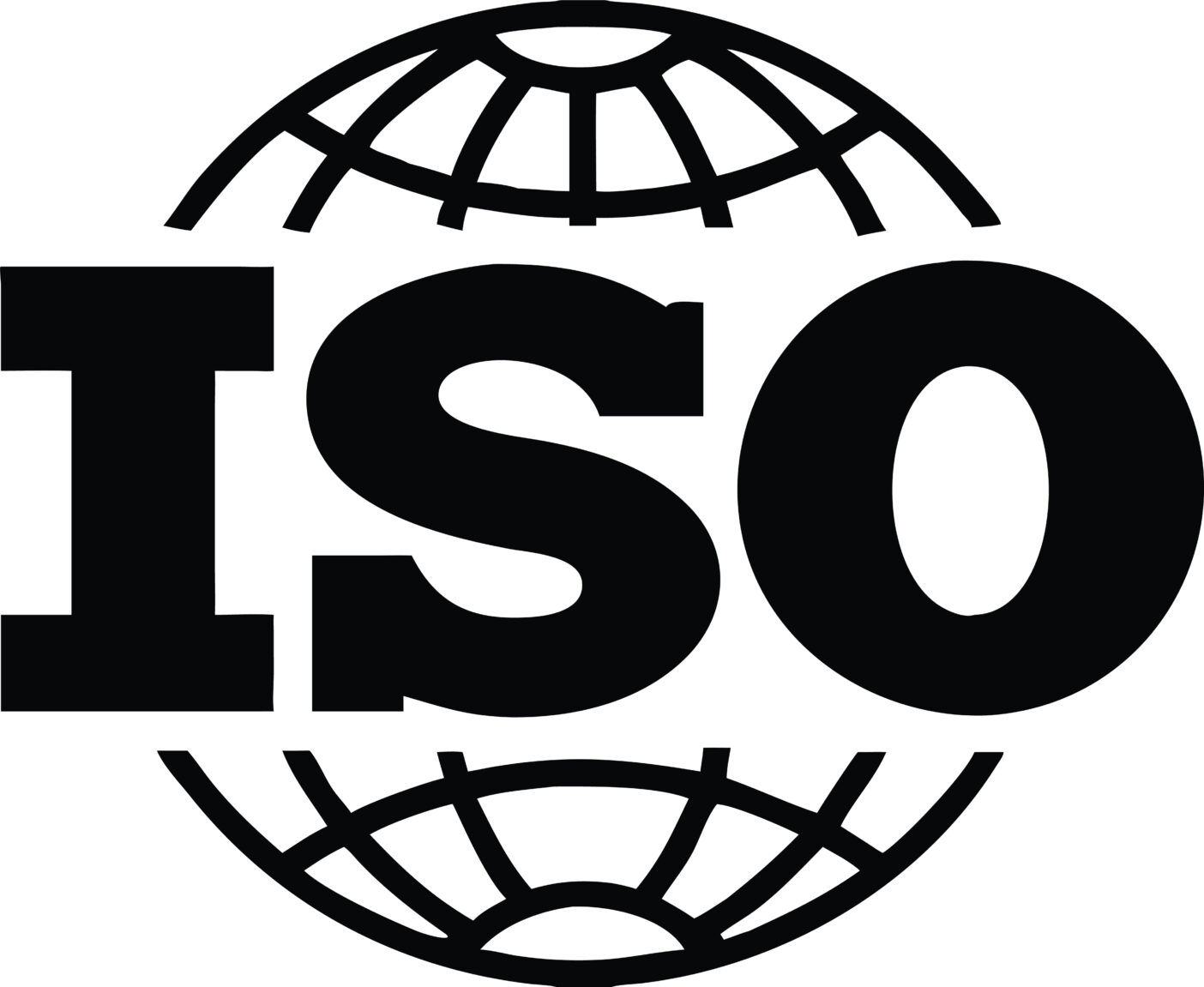New SPF measurement methods ISO 23675 and ISO 23698

New SPF measurement methods ISO 23675 and ISO 23698: opportunities and challenges for the sun protection industry
The sun protection factor (SPF) is the key indicator for every sun protection product. Until now, ISO 24444 was the only internationally recognised reference method for determining SPF in vivo. However, developments are progressing: with the new ISO 23675 and ISO 23698 methods, modern alternatives are now available for the first time to complement the classic standard. These methods promise greater efficiency, lower costs and better ethical acceptability, but also raise new questions.
The previous method: ISO 24444
ISO 24444 is based on in vivo tests on human subjects to determine the minimum erythema dose (MED). It is recognised by regulators and is still considered the gold standard. Its disadvantages are high variability, ethical concerns and significant costs.
This is exactly where ISO standards 23675 and 23698 come in.
ISO 23675 – SPF in vitro
Describes an in vitro method. The sunscreen product is applied to a substrate (usually PMMA plates) and the transmission of UV light is measured.
Strengths of ISO 23675:
– No test subjects required, therefore ethically unobjectionable.
– Fast results and lower costs.
– Easily reproducible if substrate and application are standardised.
Weaknesses of ISO 23675:
– Sensitivity to application method and formulation.
It is not yet recognised as equivalent across all regulatory areas.
ISO 23698 is a hybrid method.
ISO 23698 combines elements of in vitro and in vivo determination. In vitro data is compared with reference curves derived from known in vivo results.
Strengths of ISO 23698:
– Fewer test subjects are required, making it more resource-efficient and ethically acceptable.
It is a combination of proven methodology and new technology.
It saves time and money compared to ISO 24444.
Weaknesses of ISO 23698:
– Methodologically complex, which leads to additional uncertainties.
There is still little practical experience and validation is not yet complete.
ISO 23675 and ISO 23698 compared with ISO 24444.
To highlight the differences, the three methods are compared below:
ISO 24444 (in vivo):
Type: Test on human subjects.
Advantages:
- Established, recognised by regulators, internationally accepted
Disadvantages:
- Expensive, time-consuming, ethical concerns, variable results
Recommendation: Currently the safest choice, especially with regard to testing by Stiftung Warentest or Öko-Test.
ISO 23675 (in vitro):
Type: Measurement of transmission on PMMA plates.
Advantages
- No test subjects
- Faster
- More cost-effective
- Reproducible
Disadvantages
- Dependent on substrate and application
- Not yet regulated
Recommendation: Ideal for research, development and screening of new sunscreen formulations.
ISO 23698 (hybrid):
Type: Combination of in vitro measurements with in vivo reference data.
Advantages
- Fewer test subjects
- Bridge between old and new methodology
- Cost and time savings
Disadvantages
- Complexity, additional uncertainties, little practical experience.
Recommendation: Medium-term option, but currently less established than ISO 24444.
So which method should you choose?
The existence of the ISO 23675 and ISO 23698 standards creates new opportunities for manufacturers, but can also lead to confusion.
ISO 24444 currently remains the most robust solution for regulatory certainty. However, ISO 23675 and ISO 23698 are valuable additions in development, research and internal product optimisation.
However, problems arise when Stiftung Warentest or Öko-Test test products using a different method. For example, a manufacturer may determine an SPF of 50+ according to ISO 23675 and ISO 23698, while Warentest only arrives at SPF 35 according to ISO 24444. For consumers, however, it is the media-effective judgement that counts in the end. This means that manufacturers risk damage to their image even though they have tested their products scientifically correctly.
Conclusion
The introduction of ISO 23675 and ISO 23698 marks a turning point in sun protection research. They open up new avenues for ethically sound, faster and more cost-effective testing. At the same time, the parallel existence of three methods means that manufacturers must make strategic decisions about which method is appropriate in each case.
In the short term, ISO 24444 remains the safest choice for market approval and public comparative testing.
ISO 23675 and ISO 23698, on the other hand, are ideal tools for research, screening and internal development.
In the long term, a harmonised system could become established – until then, transparent communication is crucial.
Would you like to develop the right SPF strategy for your products?
Cosmacon can advise you on selecting the right method, interpreting SPF results and developing safe, marketable sunscreen formulations.
With Tojo Cosmetics, you have access to immediately available private label products in the sunscreen sector – safe, innovative and ready for the market.
Contact us – we will help you find the right SPF measurement strategy!
Literature
ISO 24444:2019 – Cosmetic products – In vivo determination of sun protection factor (SPF)
https://www.iso.org/standard/72206.html
ISO 23675:2022 – Cosmetic products – In vitro determination of SPF
https://www.iso.org/standard/77655.html
ISO 23698:2022 – Cosmetic products – Hybrid method for the determination of SPF
https://www.iso.org/standard/77656.html
Couteau, C. et al. (2023): Recent Advances in Sunscreen Evaluation
https://doi.org/10.3390/cosmetics10020056
sofw journal 7+8-2025
https://sofw.com/de/sofw-journal/archiv/archiv2/5397-sofw-journal-7-8-2025